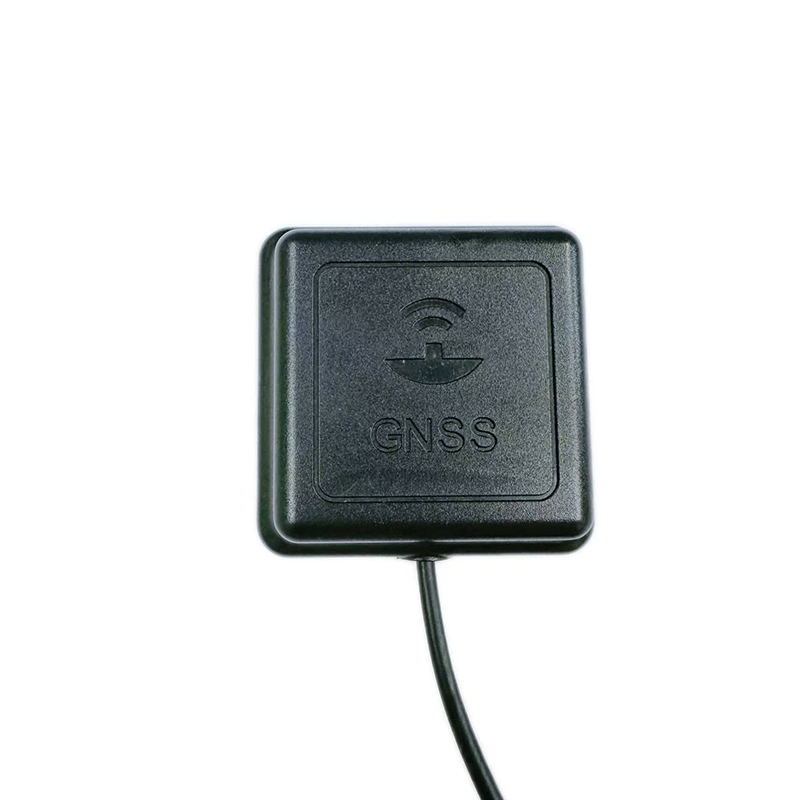Modern agriculture faces increasing challenges: rising food demand, climate change, and the need for efficient resource management. Farmers and agribusinesses are turning to precision farming technology to maximize productivity. One of the most important enablers is the GNSS antenna, which provides real-time, high-accuracy positioning.
But can GNSS antennas truly support smart irrigation and crop monitoring? The answer is a resounding yes. Let’s explore how this technology is transforming agriculture.
How GNSS Antennas Work in Agriculture
A GNSS antenna receives signals from multiple satellite constellations (GPS, GLONASS, Galileo, BeiDou). By combining these signals, the system achieves centimeter-level accuracy.
This accuracy allows smart agriculture systems to:
-
Track machinery in real-time
-
Optimize irrigation schedules
-
Monitor crop health with precision
-
Reduce waste and operating costs
With these capabilities, GNSS antennas empower farmers to make data-driven decisions.
Why Smart Irrigation Needs GNSS Antennas
Precision Water Distribution
Water is one of the most valuable agricultural resources. Over-irrigation wastes water and energy, while under-irrigation harms crop yields. With GNSS antenna for irrigation, farmers can guide sprinklers, drip systems, or pivots along exact paths.
-
Ensures uniform water coverage
-
Reduces resource consumption
-
Prevents soil erosion from uneven watering

Integration with IoT Sensors
GNSS antennas integrate seamlessly with soil moisture sensors and automated irrigation controllers. Together, they deliver smart irrigation systems that adjust water delivery based on real-time field conditions.
For example:
-
If one zone shows low moisture, the system targets that area.
-
If rainfall is detected, irrigation pauses automatically.
This reduces costs while improving crop health.
GNSS Antennas in Crop Monitoring
Supporting Drone and UAV Applications
Drones equipped with GNSS antennas scan large fields with high accuracy. They capture multispectral imagery to detect plant stress, disease, or nutrient deficiencies early.
Benefits include:
-
Detecting problems before they spread
-
Reducing fertilizer and pesticide use
-
Improving overall crop yield and quality
Enabling Autonomous Farm Machinery
Self-driving tractors and harvesters rely on GNSS antenna crop monitoring to stay on exact paths, reducing overlap and missed areas. This saves time, fuel, and labor costs.
Mapping and Field Data Collection
GNSS antennas support detailed mapping of soil conditions, crop density, and yield distribution. Farmers can then:
-
Apply variable-rate fertilizers
-
Identify underperforming areas
-
Plan long-term crop rotation strategies

Benefits of GNSS Antennas in Agriculture
-
High Accuracy: Centimeter-level positioning improves resource use.
-
Efficiency: Reduces water, fertilizer, and pesticide consumption.
-
Sustainability: Supports eco-friendly farming practices.
-
Automation Ready: Essential for autonomous tractors and drones.
-
Scalability: Works for small farms and large-scale agribusiness.
Challenges and Considerations
While GNSS antenna technology offers clear benefits, some challenges remain:
-
Signal Blockage: Trees, mountains, or buildings may interrupt satellite signals.
-
Cost: High-precision GNSS antennas may be expensive for small farms.
-
Integration: Requires compatibility with sensors, IoT devices, and software.
However, prices are decreasing, and manufacturers are offering scalable solutions for farms of all sizes.
The Future of GNSS Antennas in Smart Agriculture
The combination of GNSS antennas, AI, IoT, and 5G connectivity will revolutionize agriculture:
-
Predictive irrigation based on weather forecasts
-
Autonomous crop monitoring with AI-driven drones
-
Blockchain integration for transparent food traceability
With these advancements, GNSS antennas will remain at the heart of precision farming technology.

Conclusion
So, can GNSS antennas support smart irrigation and crop monitoring? Absolutely. By enabling precision water distribution, integrating with IoT sensors, powering drones, and guiding autonomous farm machinery, GNSS antennas are shaping the future of agriculture.
For manufacturers, distributors, and wholesale suppliers, investing in GNSS antenna solutions opens opportunities in the fast-growing smart agriculture market.
FAQs
Q1: How accurate are GNSS antennas in agriculture?
GNSS antennas can achieve centimeter-level accuracy, essential for precision irrigation and crop monitoring.
Q2: Can small farms benefit from GNSS antennas?
Yes, modern GNSS antennas are scalable and cost-effective, making them accessible for both small and large farms.
Q3: What industries besides agriculture use GNSS antennas?
They are also used in surveying, navigation, transportation, disaster monitoring, and construction.







